PPT-Getting Published
Author : natalia-silvester | Published Date : 2016-12-16
By Becky Gardner Lucy Monigle Tinus van Wyk TJ White Steps for a Scientific Paper Research 1 st author writes the draft Edited by coauthors Coauthors make comments
Presentation Embed Code
Download Presentation
Download Presentation The PPT/PDF document "Getting Published" is the property of its rightful owner. Permission is granted to download and print the materials on this website for personal, non-commercial use only, and to display it on your personal computer provided you do not modify the materials and that you retain all copyright notices contained in the materials. By downloading content from our website, you accept the terms of this agreement.
Getting Published: Transcript
Download Rules Of Document
"Getting Published"The content belongs to its owner. You may download and print it for personal use, without modification, and keep all copyright notices. By downloading, you agree to these terms.
Related Documents

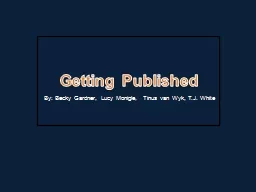

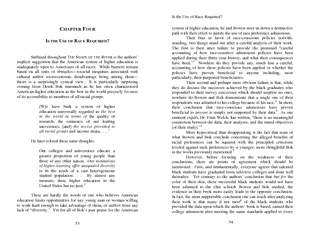
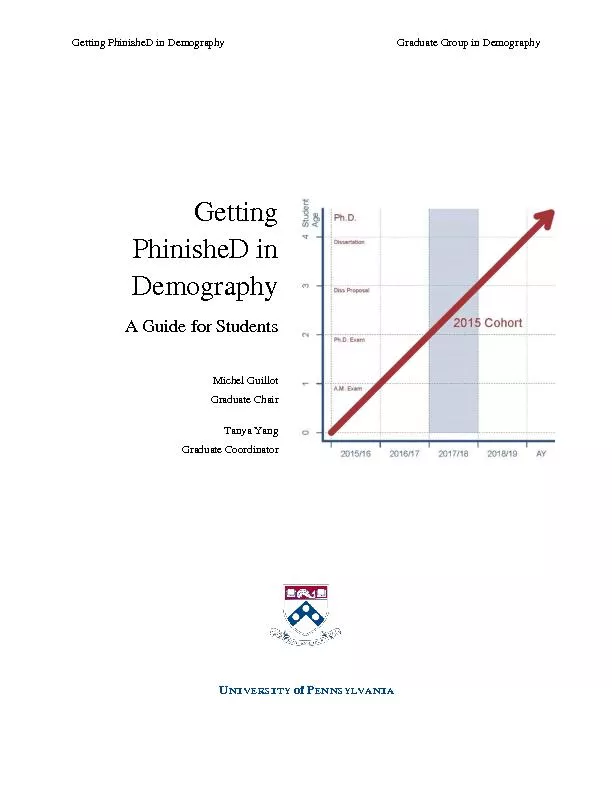
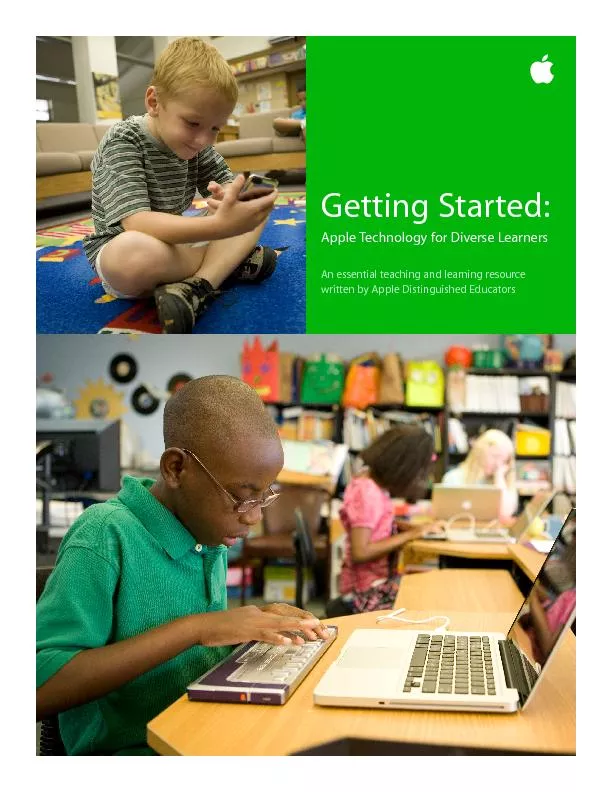
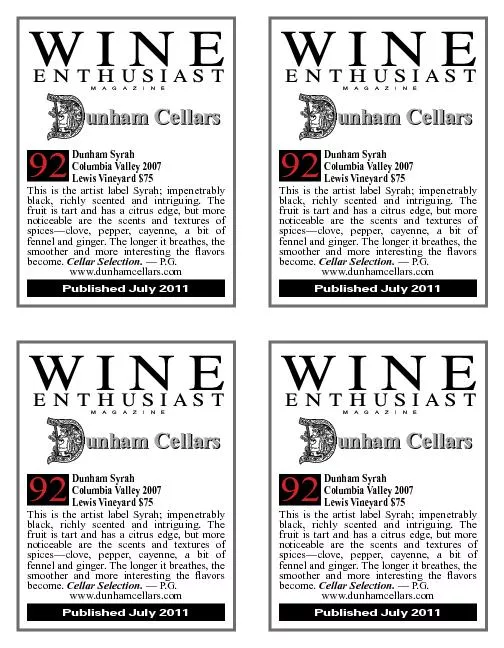
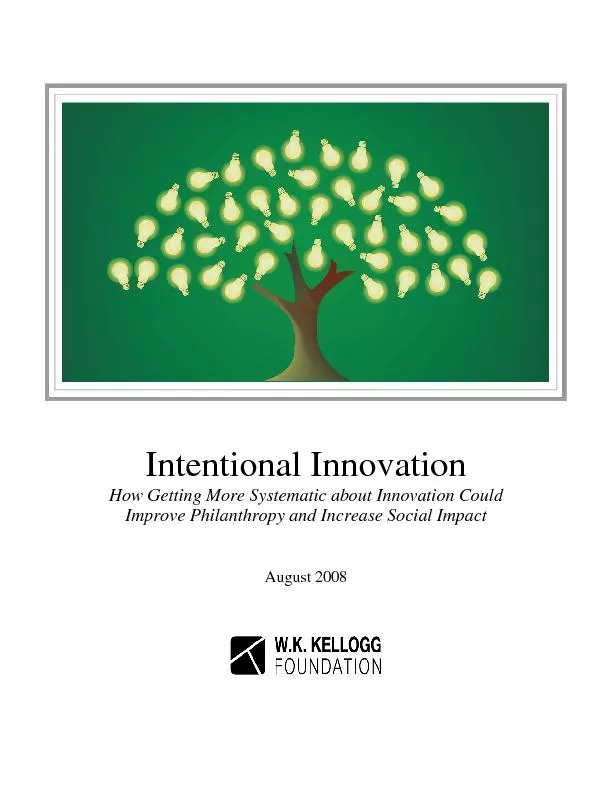
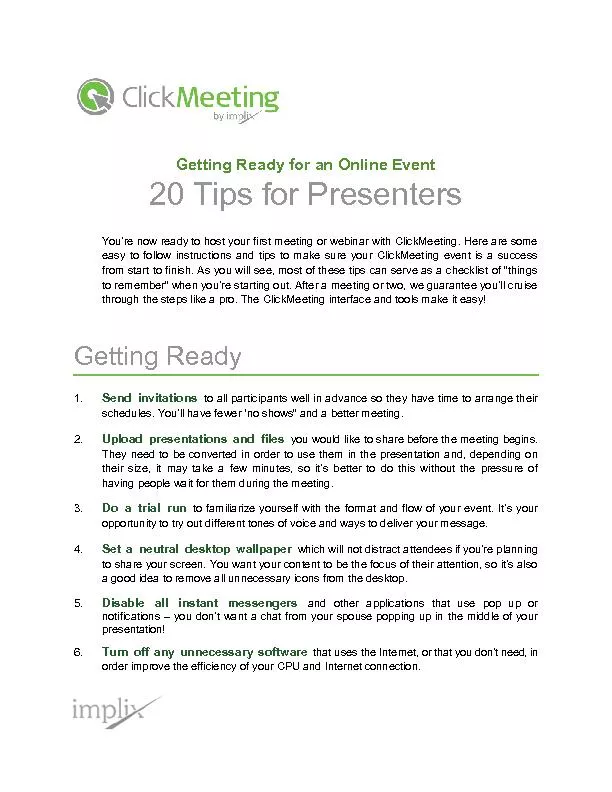




![[EBOOK] - Med School Rx: Getting In, Getting Through, and Getting On with Doctoring](https://thumbs.docslides.com/906464/ebook-med-school-rx-getting-in-getting-through-and-getting-on-with-doctoring.jpg)
![[DOWNLOAD]-Ageless: The New Science of Getting Older Without Getting Old](https://thumbs.docslides.com/956172/download-ageless-the-new-science-of-getting-older-without-getting-old.jpg)